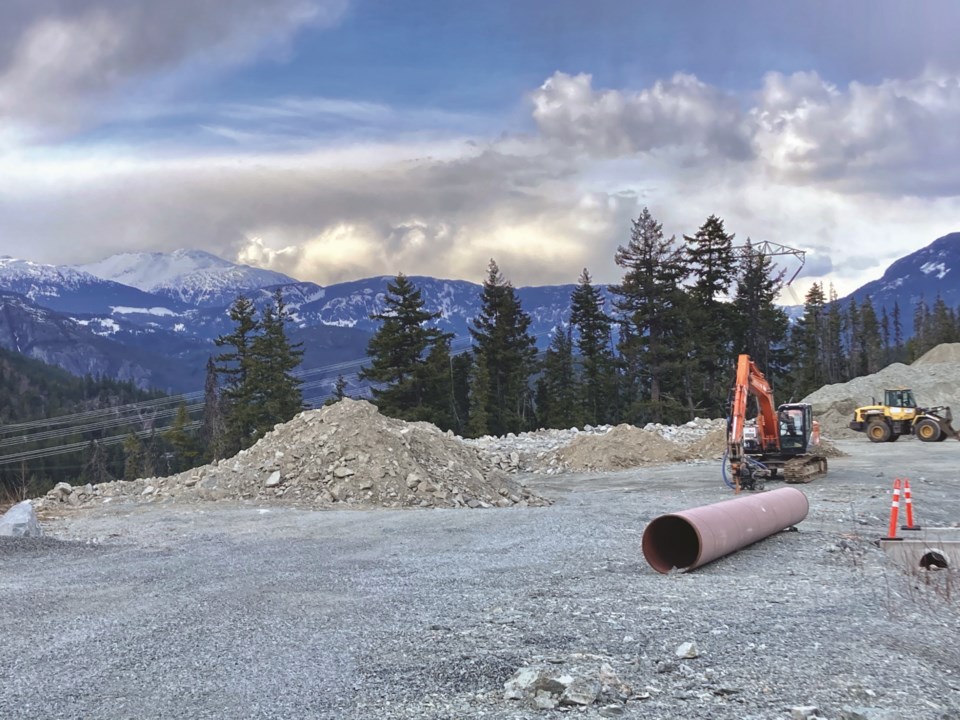Finding affordable housing has long been a difficult task in the Sea to Sky. With some of the priciest real estate on the market, finding a place to live without losing half your take-home pay can be challenging, to say the least.
This problem isn’t limited to the towns and cities of the region, with the corridor’s rural areas facing a similar situation.
Following the adoption of 2020’s provincially mandated Housing Needs Assessment Report, the Squamish-Lillooet Regional District (SLRD) has worked to amend and adopt bylaws to improve the region’s housing situation.
On Nov. 23, the SLRD board gave first three readings to amendments to its Official Community Plan (OCP) bylaws that add a suite of new guidelines and practices to guide the future construction of affordable housing in Electoral Areas B, C, and D.
“Housing is a challenge throughout the province, and the SLRD is no exception,” SLRD communications manager Patricia Westerholm said in an email. “This work lays the important groundwork in providing clear guidelines and definitions for affordable housing while also ensuring equity and diversity in housing–essential work in enhancing the quality of life for future generations.”
The amendments are wide-ranging and include a variety of design guidelines for affordable housing and establish new policies designed to create and maintain affordable housing in the region.
In line with changes made earlier this year to the Whistler Housing Authority’s eligibility criteria, the amendments update the definition of affordable housing in the three electoral areas as rental or ownership housing priced so that monthly payments are less than 30 per cent of gross household income.
The amendments also require new multi-family developments either designate a minimum of 15 per cent of units for affordable housing or provide land for affordable housing. A maximum of 30 per cent of all affordable units can be one-bedroom units, between 30 and 40 per cent for two-bedroom units, and between 20 and 30 per cent for three-bedroom units.
The minimum unit size for affordable units in Areas B and C is pegged at 56 square metres for one-bedroom townhomes and 49 sq. m. for one-bedroom studio apartments, and up to 125 sq. m. for four-bedroom townhomes and 112 sq. m. for four-bedroom apartments.
The new design criteria for multi-family housing projects include guidelines for neighbourhood character to ensure new developments fit in with the look of existing neighbourhoods, as well as for setback conditions and landscaping.
The SLRD said the applicable housing will remain affordable in perpetuity through purpose-built rentals, cooperative housing, title restrictions, covenant, and rental and resale price controls.
The regional district said it plans to encourage affordable, multi-family housing through BC Housing’s Affordable Home Ownership Program, which provides eligible buyers with an approximately 10-per-cent interest-free second mortgage towards the purchase of their home.
Are mobile homes the answer?
Recognizing mobile home parks as valuable contributors to the affordable housing base in the electoral areas, the amendments update existing policy so mobile home parks can be considered in areas designated as rural residential.
Rural residential areas of the SLRD include most properties along Pemberton Portage Road, the Lillooet Lake Estates, and a handful of properties surrounding Pemberton and Mount Currie. Currently, the SLRD only has one 29-unit trailer court in the Pemberton Meadows.
Area C director Russell Mack believes numerous locations throughout the electoral area could house such a potential housing development.
“With the way modular homes or mobile homes are constructed nowadays, if it’s done correctly, I think it’s a really good way to go,” Mack said of mobile home parks’ potential for the region.
“There are lots of areas throughout this corridor, from Mount Currie to D’Arcy. They’ve all been geo-teched a number of years ago, so you have a pretty good idea of where it would be safe to put one of these [mobile home parks]. You just need a big enough piece of land so that you’re not crowding them up, and you could do a really nice project.”
“You’re not going to have them all over the place, but you could definitely put one in between, say, WedgeWoods and Pemberton. There are spots there that you could probably put one in.”




